On September 29th 2005, the people of Somaliland went to the polls to choose a new parliament for the first time since 1969. The elections for the 82-seat House of Representatives symbolised not only the final stage in Somaliland’s laborious transition from clan-based power-sharing to multiparty politics, but – in a very real sense – the arrival of a competitive, democratic electoral culture in the country. As well as the hopes and aspirations of up to 3.5 million Somalilanders, the elections clearly held major implications for the long-term prospects for democratisation across the Horn of Africa.Since its local council and presidential elections, held in December 2002 and April 2003 respectively, Somaliland’s transition to multiparty democracy had been widely regarded as “two-thirds complete.” However, the final phase of this democratic transition was in many ways the most critical – and the most vulnerable. The fact that the presidential election had been decided by the extremely narrow margin of 80 votes – less than 0.01% of the total – and that the losing parties had received 58% of the vote, had continued to threaten political turmoil in the country. It was also clear that the postponement of parliamentary elections beyond 2005 would have raised the spectre of civil unrest in a territory widely regarded as an island of peace in this war-weary region. Some opposition leaders had already threatened a “people’s revolution” in the event that the elections did not materialise. Holding the poll was clearly vital for the stability of the state of Somaliland.


